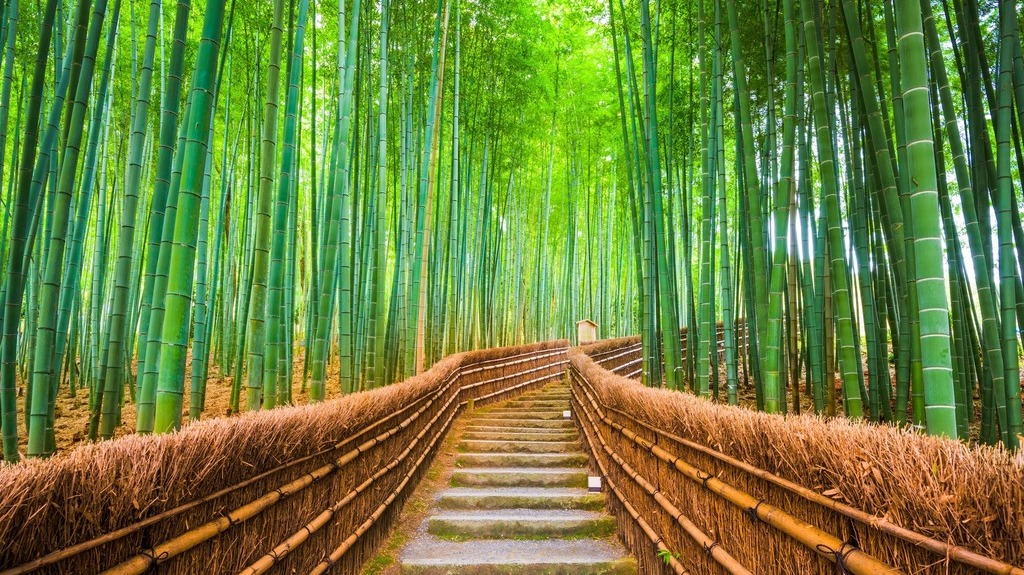Cotton Swabs, or as we know them, Q-tips (which is actually a brand), are commonly found in many bathrooms. They are used regularly as part of our personal hygiene routine. Many of us think that they are completely harmless for us and the environment. But, the truth is depending on what type you are using, they can actually be quite harmful to both humans and our planet.
The Origin of the Q-Tips
Q-Tips were invented in 1923 by Leo Gerstenzang, a Polish American inventor after observing his wife use cotton on a toothpick to clean her ears. He manufactured these Q-tips® as part of his baby care accessory line and the product was originally called Q-tips® Baby Gays. In 1926, he dropped the word Baby Gays and just marketed this line as “Q-Tips”.
The “Q” stands for quality while the “tips” describes the cotton swabs at the end of each wooden stick. Originally, all Q-tips® were made of wood until around 1958 when the company acquired Paper Stick Ltd of England, a manufacturer of paper sticks for confectionery goods. The bonded paper and paperboard Q-tips® stem was then introduced as an alternative to the wooden sticks.
In 1998, Q-tips® antimicrobial cotton swabs were launched. The q-tips were dipped in boric acid in the factory during the manufacturing process so they can be promoted as “personal hygiene” products. Boric acid provided the antiviral and anti-fungal properties.
 Do Cotton Swabs do More Harm than Good?
Do Cotton Swabs do More Harm than Good?
As far as health is concerned, many people believe that cotton swabs actually do more harm than good. Some say that the cotton pushes the ear wax even further into your ear canal and can possibly damage sensitive tissues. If improperly used, the cotton swab can actually compress the wax even more and cause damage to the sensitive ear organs. If you are using cotton swabs or Q-tips® for other purposes, like cleaning tight crevices, they are extremely helpful and harmless. They are a simple invention with multiple practical uses.
For the environment, cotton swabs made of paper or bamboo are generally safe and harmless when disposed of. Paper and bamboo are both 100% biodegradable and compostable. They typically decompose within months.
Are Cotton Swabs Recyclable?
Cotton swabs are not recyclable. They are too small and lightweight to be sorted through the normal recycling process and may end up causing more environmental harm because they will pollute the waterways.
Regardless of whether they are made of bamboo sticks or paperboard, unfortunately, they will all end up in the landfill. So the best option we have is to buy and reuse ones that are 100% biodegradable made of natural cotton and bamboo or paperboard sticks in order to minimize the environmental impact. If either the cotton tip is made of synthetic or the stick is made of plastic, then the whole piece is not considered eco-friendly and will take years to decompose.

Why Switch to Bamboo Cotton Swabs?
So many may be wondering what’s the benefit of buying bamboo stick cotton swabs instead of the paperbonded applicator. The key benefit is that when using bamboo, there is no chemical, like adhesive, used to bond and stiffen the paper into a stick. Therefore, composting the bamboo variation is easier and faster.
Bamboo is far more renewable than wood. It regrows to maturity within 5 years whereas wood will take 50 years. Bamboo is the fastest growing plant and can be found throughout the world. With very little agricultural input requirements, like pesticides, to grow, they are hardy, low maintenance plants considered to be one of the most eco friendly resources.










 3. Recycle and Reuse Office Supplies
3. Recycle and Reuse Office Supplies 5. Choose Sustainable Kitchen Products
5. Choose Sustainable Kitchen Products





 Do Cotton Swabs do More Harm than Good?
Do Cotton Swabs do More Harm than Good?










 Plastic Toothbrushes Contribute to Climate Change
Plastic Toothbrushes Contribute to Climate Change  5 Reasons why Bamboo is the Perfect Ecofriendly Alternative to Plastic
5 Reasons why Bamboo is the Perfect Ecofriendly Alternative to Plastic  Consumer Attitudes have Harmful Impact on the Environment
Consumer Attitudes have Harmful Impact on the Environment  3 Industries that Cause a Negative Impact on the Environment Today
3 Industries that Cause a Negative Impact on the Environment Today  Plastic Pollution Caused by Single Use Hotel Supplies
Plastic Pollution Caused by Single Use Hotel Supplies